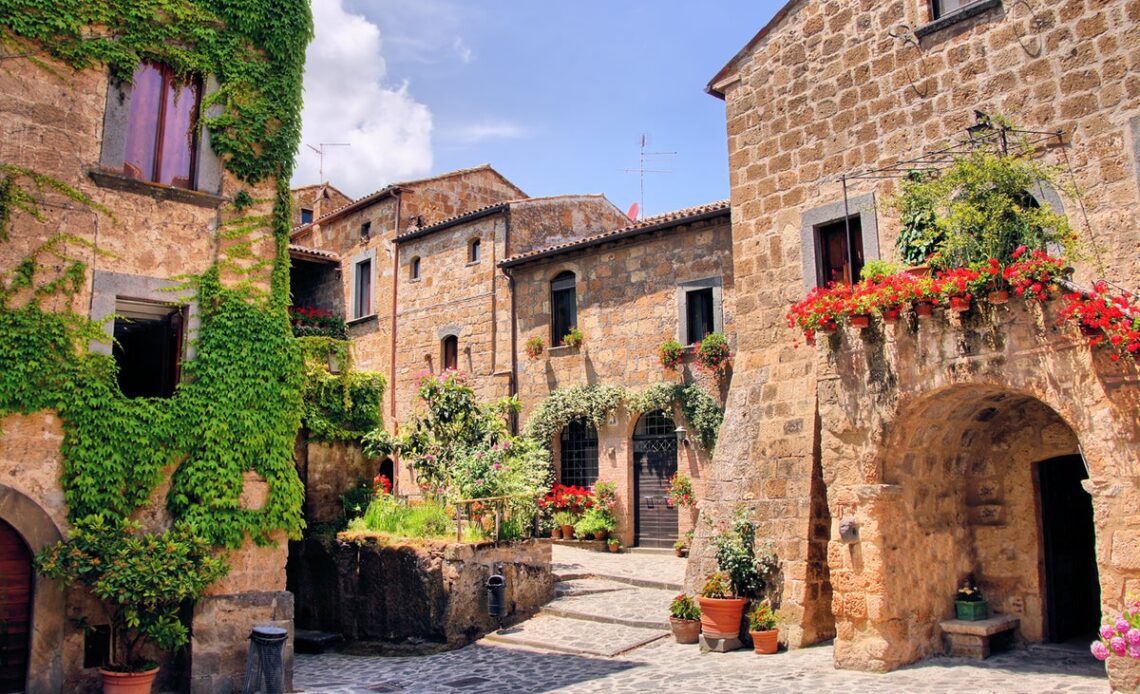With property prices in the UK out of reach for many first time buyers, and homeowners dreaming of a second pad in the sun, the idea of snapping up an Italian casa for 86p is intoxicating.
Several small Italian towns have hit the headlines for selling off vacant houses for €1 a pop in the past couple of years.
But how does the scheme work, and who is eligible to snap up one of these bargain villas in the sun?
Why is Italy selling houses for €1?
As young Italians increasingly migrate to the city and choose cosmopolitan jobs over rural and community vocations, many of Italy’s prettiest remote villages are becoming abandoned, with tiny, ageing populations that are beginning to die off.
Some elderly Italians have found themselves with no one to leave their house to, bequeathing it instead to the local authorities, who have to decide what to do with it, while some younger citizens have inherited properties in areas they have no intention of moving to.
Having a second home in Italy means paying taxes, so selling these unused houses off cheaply can be more lucrative than keeping them.
That’s why around 25 Italian municipalities are making prospective homeowners an offer they can’t refuse – a house for the symbolic price of €1.
The idea is, having these homes improved and occupied in the next few years is worth more to the towns than selling them off at full price.
“We do not need new constructions and new overbuilding. The strategy to improve the housing environment and reclaim our cultural identity is to revive the small abandoned centres or to redevelop buildings in a state of abandonment, with a story that is our history,” reads a statement by the team at 1eurohouses.com.
Local authorities in areas such as Emilia-Romagna, Abruzzo and Campania also hope an influx of new homeowners will stimulate the economy, as they buy local produce, employ local construction workers, pour money into local venues and attractions, and even boost tourism by creating boutique hotels or B&Bs.
What’s the catch?
You’re not buying a shiny new villa – houses selected for the scheme are often dilapidated and require major structural improvements. You’re investing in a fixer-upper, not acquiring a ready-to-move-in home.
However, the cost of renovations is still relatively low compared to other countries – in the region of €20,000-50,000…
Click Here to Read the Full Original Article at The Independent Travel…
